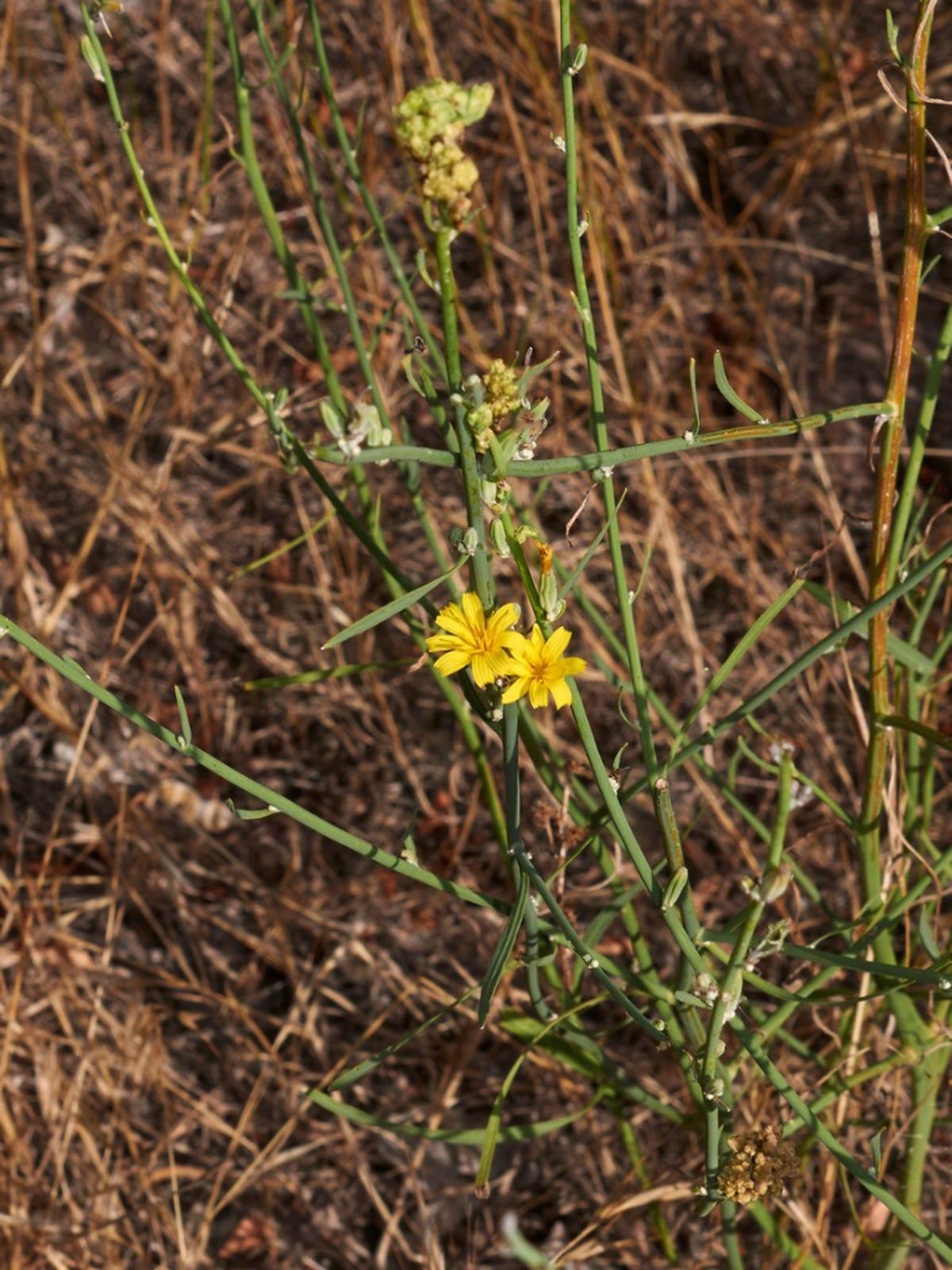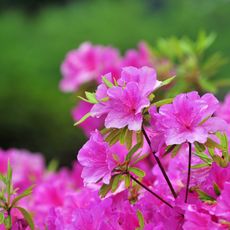Managing Skeletonweed: Tips For Killing Skeletonweed In Gardens

Skeletonweed (Chondrilla juncea) may be known by many names – rush skeletonweed, devil’s grass, nakedweed, gum succory – but whatever you call it, this non-native plant is listed as invasive or a noxious weed in a number of states. This makes managing skeletonweed a primary concern.
Killing rush skeletonweed isn’t easy. It is extremely resilient and resistant to mechanical and cultural methods of control. Since it is so persistent, the question is how to control skeletonweed?
About Skeletonweed Control
Rush skeletonweed is thought to have been introduced to eastern North America via contaminated seed or animal bedding around 1872. Today, this nearly 3 foot (91 cm.) herbaceous perennial has spread across the country.
It reproduces by seed as well as lateral roots that, even when broken, determinately produce a new plant. This dogged determination to reproduce makes managing skeletonweed a challenge. Since it can re-sprout from root fragments, mechanical control by pulling, digging, or disking is ineffective unless consistent (6-10 years) mechanical controls are applied.
Also, burning is ineffective in managing skeletonweed as is livestock grazing, which seems to just disperse rootstock that results in additional plants. Mowing is inadequate skeletonweed control as well.
How to Control Skeletonweed
The only successful non-chemical method of killing rush skeletonweed is the introduction of the rust fungus (Puccinia chondrillina). First introduced in Australia, it has since been used as a biocontrol in the western United States, though with less stellar results. Since this sole biocontrol was not effective in killing the invasive weed, two additional biocontrols have been added to the mix: skeletonweed gall midge and skeletonweed gall mite, which appear to be reducing the incidence of the plant in states like California.
Otherwise, the only other option for killing rush skeletonweed is with chemical controls. Herbicides are often inadequate because of the extensive root system and lack of leaf area on the plant. However, for large-scale infestations, it is the only option.
Gardening tips, videos, info and more delivered right to your inbox!
Sign up for the Gardening Know How newsletter today and receive a free copy of our e-book "How to Grow Delicious Tomatoes".
Always read and follow the manufacturer’s safety and application instructions. Successful skeletonweed control will rely on several applications. The herbicides that give the best results are fall applications of picloram alone or picloram combined with 2, 4-D. Clopyralid, aminopyralid, and dicamba also affect the root system and can be of assistance in managing skeletonweed.
Note: Any recommendations pertaining to the use of chemicals are for informational purposes only. Specific brand names or commercial products or services do not imply endorsement. Chemical control should only be used as a last resort, as organic approaches are safer and more environmentally friendly.

Amy Grant has been gardening for 30 years and writing for 15. A professional chef and caterer, Amy's area of expertise is culinary gardening.
-
 Ideal Azalea Water Requirements – For Lush, Healthy Shrubs That Will Thrive For Years
Ideal Azalea Water Requirements – For Lush, Healthy Shrubs That Will Thrive For YearsWhat are an azalea's water requirements? Learn how to keep these beautiful spring-blooming shrubs happy and healthy in your yard or container garden.
By Amy Grant
-
 7 Vegetables To Plant In April: Start Indoors Or Outside For A Bumper Summer Harvest
7 Vegetables To Plant In April: Start Indoors Or Outside For A Bumper Summer HarvestAchieve your growing ambitions with these best vegetables to plant in April – including cold-hardy crops to sow direct and tender varieties to start indoors
By Mary Ellen Ellis
